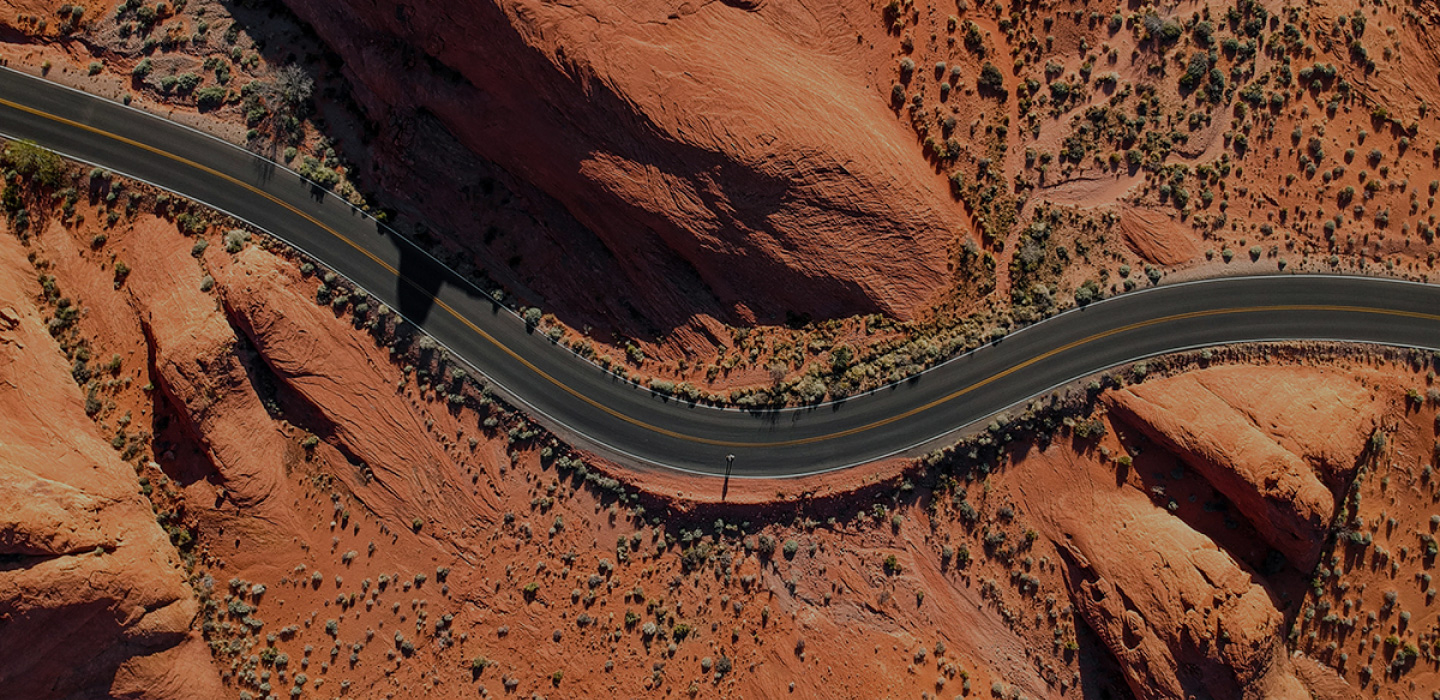Welcome to the world of Travel Quiz!
Want fun, challenging travel quizzes (like these below) emailed directly to you? Subscribe now!
Nature
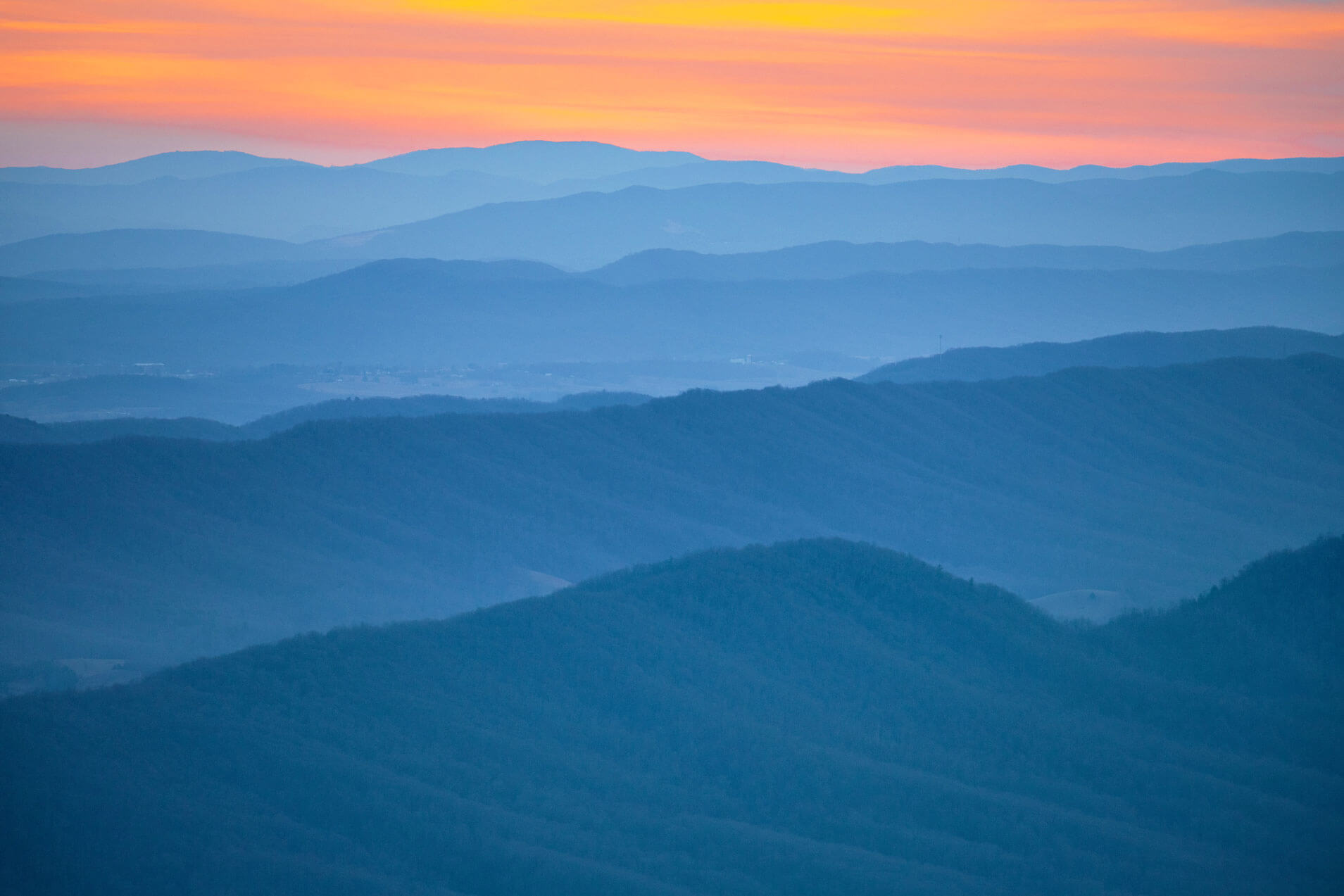
20 Questions
Can You Go The Distance On This Appalachian Trail Quiz?
History

20 Questions
Hit the Gas on This Interstate Highway System Quiz
Nature

10 Questions
Dip Your Toes in the Sand With This U.S. Beaches Quiz
History

20 Questions
Embark on a Tour of Renaissance Italy With This Quiz
History
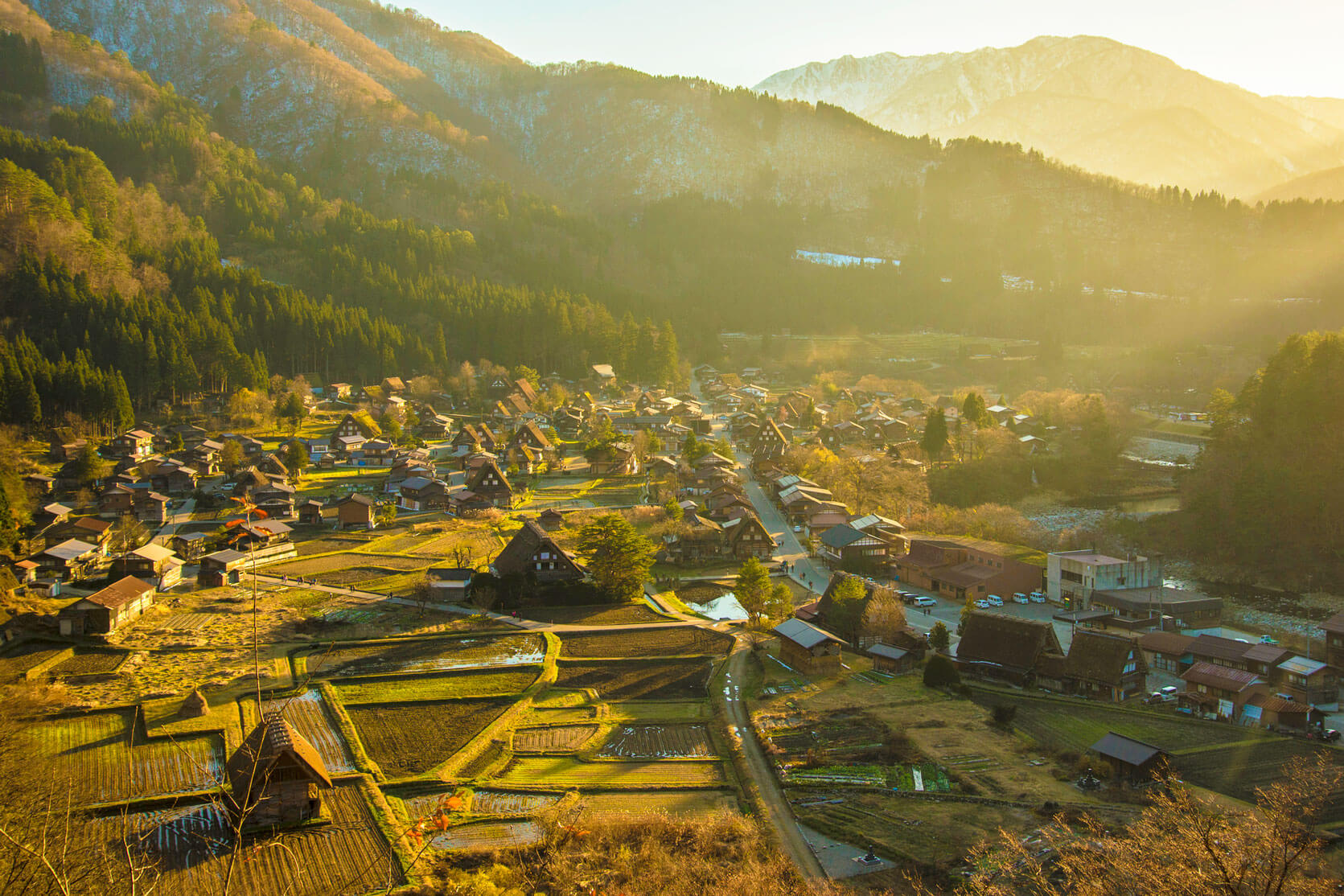
10 Questions
Can You Recall the Former Names of These World Cities?
Geography

21 Questions
Count Your Right Answers in This U.S. Population Quiz
Geography
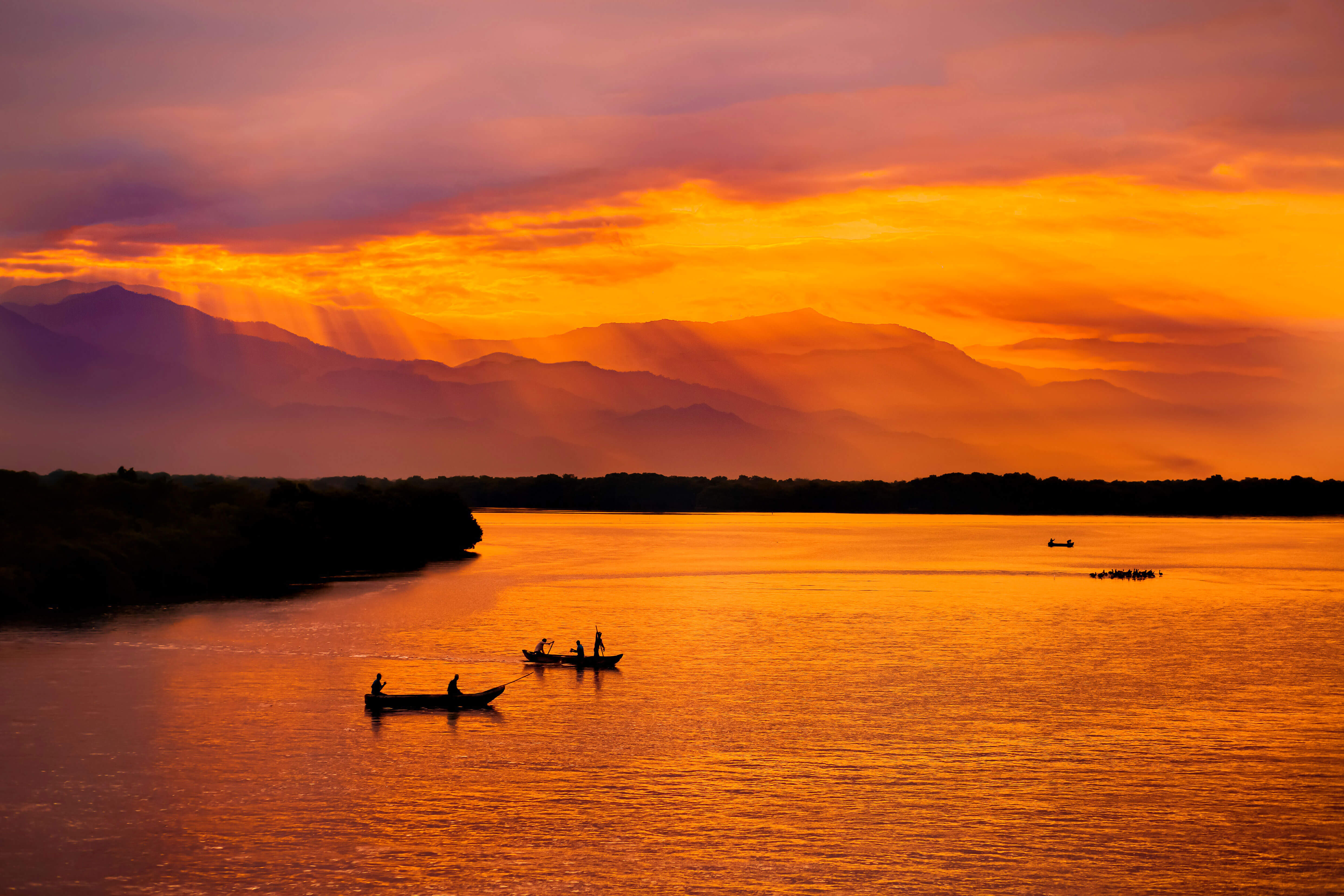
21 Questions
Show Off Your Knowledge of South American Geography in This Quiz
General

20 Questions
Kick Back and Relax With This Quiz on Famous U.S. Resort Towns
Arts & Culture

10 Questions
Toast to This Quiz on Wedding Traditions Around the World
Geography

20 Questions
Can You Correctly Answer This Quiz About Countries Starting With "C"?
History

21 Questions
It’s a Blast From the Past in This Quiz on U.S. National Historic Landmarks
Food & Drink

20 Questions
Supersize Your Knowledge of Fast Food Around the World
General
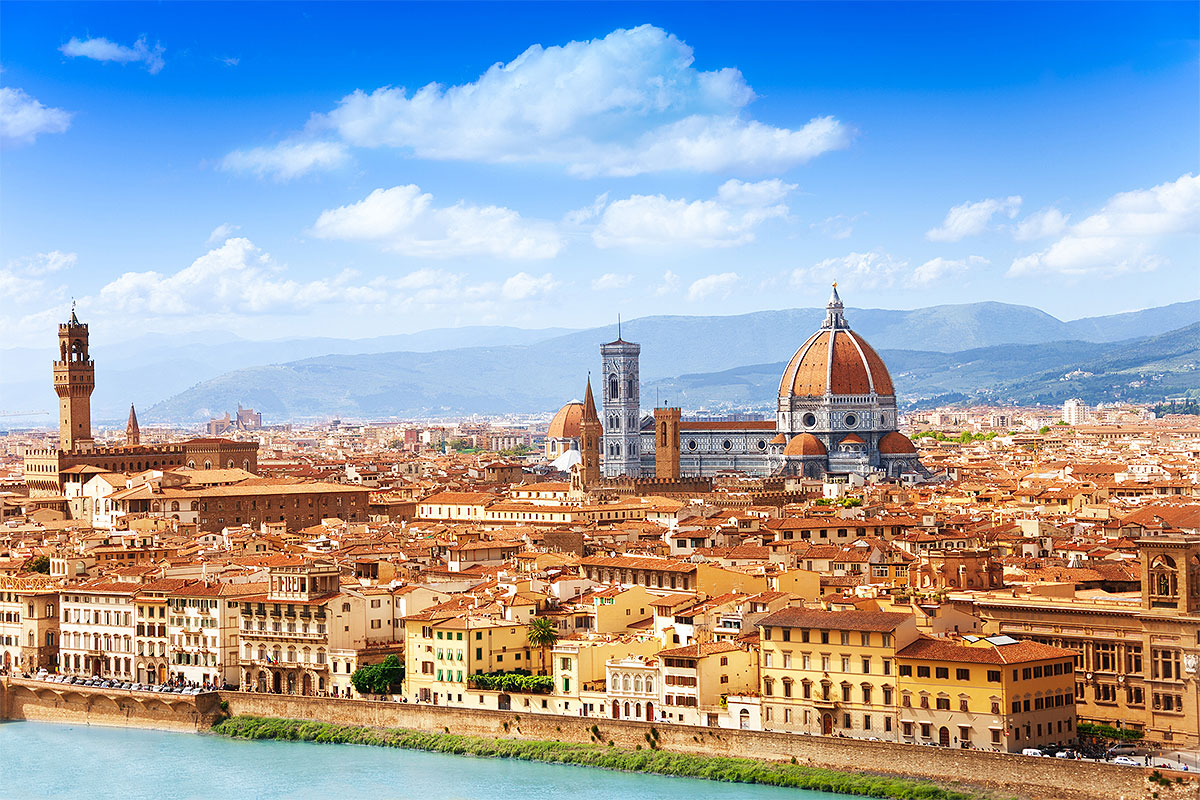
20 Questions
How Much Do You Know About Passports?
Whether you’re an armchair tourist or a jetsetter IRL, Travel Quiz delivers globe-spanning trivia challenges and daily destinations to spark your wanderlust. With each quiz, earn points as you grow and test your knowledge — and daydream about your next adventure.

Test your knowledge and earn badges along the way!
Check your progress from your Dashboard
